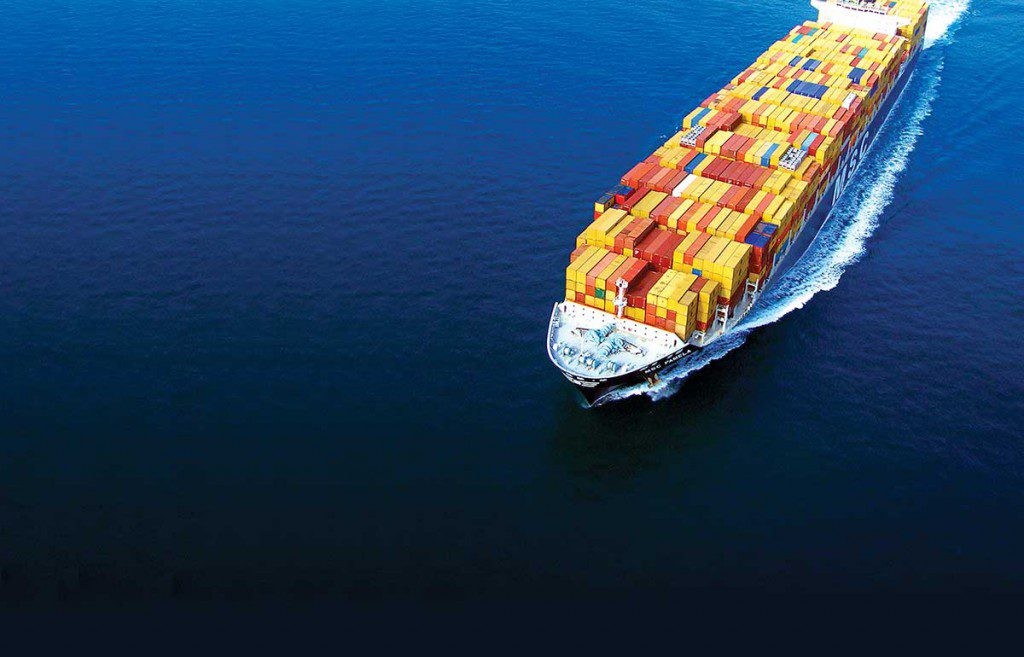Vessel operating costs are expected to rise in both 2016 and 2017, with repairs, maintenance and spares set to record the most significant increase in each of the two years, according to shipping consultant Moore Stephens.
Vessel operating costs are expected to rise by 1.9% in 2016 and by 2.5% in 2017, while the cost of repairs and maintenance is expected to grow by 1.7% in 2016 and by 1.9% in 2017. Additionally, expenditure on spares could go up by 1.7% in 2016 and by 1.8% in 2017.
Moore Stephens said that the predicted overall cost increases for 2016 were highest in the container ship sector, where they averaged 3.3% against the overall survey increase of 1.9%.
Container ships also headed the expected cost increases for 2017, at 3.4% compared to the overall survey average of 2.5%. Tankers featured in second place for both years at 2.5% for 2016 and 2.9% for 2017.
The mood of respondents in the study generally was quite pragmatic, with many referencing the need to address such familiar problem areas as over-tonnaging, excessive competition, a paucity of finance, rising fuel costs and burgeoning regulation and legislation.
“An even greater discrepancy is expected between operating costs and freight rates,” one respondent said, adding that “owners will manage to make ends meet, but barely.”
The cost of meeting regulatory requirements was high on the list of concerns cited by respondents, one of whom noted that “operating costs will rise for technical expenses such as maintenance and repair held over from previous years, while the cost of ballast water treatment plant will have to be taken into consideration in 2017 drydocking budgets.” Another respondent pointed out that “with the Ballast Water Management (BWM) convention coming into force in 2017, drydocking costs will increase significantly, depending on the type and size of ship involved.”
Respondents were also asked to identify the three factors that would most affect operating costs over the next 12 months. Overall, 20% of respondents identified finance costs as the most significant factor, followed by competition at 19%. Crew supply was in third place with 18%, followed by demand trends and labour costs.
“The predicted increases in ship operating costs for 2016 and 2017 compare to an average fall in operating costs in 2015 of 2.4% across all main ship types recorded in the recent Moore Stephens OpCost study,” Richard Greiner, Moore Stephens Partner, Shipping & Transport, said.
“In 2008, for example, the average operating cost increase absorbed by the industry was no less than 16%. Meanwhile, one year ago, expectations of operating cost increases in 2016 were 2.8% on average, so the fall in that expectation to 1.9% is of note.”
Copyright Ships & Ports Ltd. Permission to use quotations from this article is granted subject to appropriate credit given to www.shipsandports.com.ng as the source.

